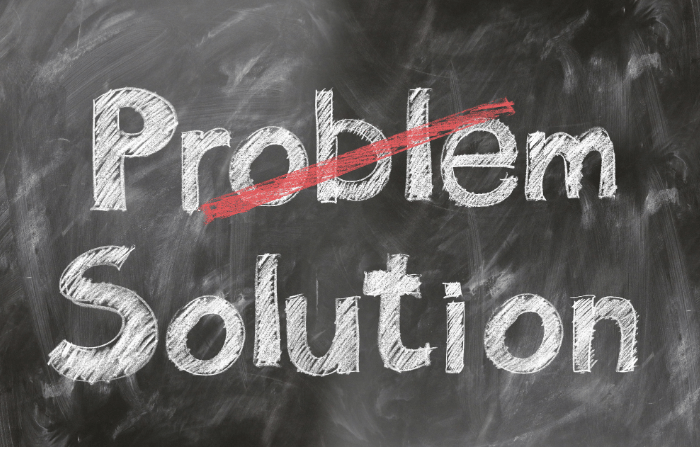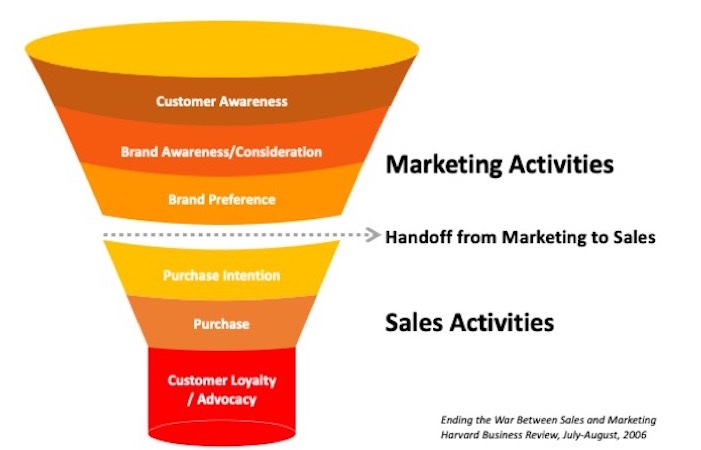To understand who your prospects and customers really are, and which message or communication each should receive from your company, let’s talk about creating your buyer personas.
The Best Buyer Persona Tool for Distributors
My years of working with distributors have allowed me to get to know your customers well, and I’ve used that knowledge to create The Buyer Persona Worksheet for Distributors™ (BPW). It will show you how to dig into and uncover the crux of your customers’ challenges — information you can then use to identify how you can best help customers with their challenges without appearing too sales-oriented.
Completed BPWs help eliminate the blurred lines between various customer categories — those fuzzy areas that lead to overgeneralizations in your sales and marketing materials. Your salespeople already know the subtleties that matter between customer categories, but it’s likely that the rest of your company, including your marketing team, might not.
For example, let’s say you sell to residential builders and commercial builders as well as to small builders and large builders. This means we’re talking about four different categories—small residential, large residential, small commercial, and large commercial. Your salespeople know the conversations they should have with each of these customers, and in all likelihood each conversation will be both similar and different. This is because each category has similar needs, and each has different needs.
Because your salesperson knows those similarities and differences and a marketing team usually does not, use the buyer persona creation exercise to capture and document those similarities and differences. Then, your marketing team can incorporate that information into your sales and marketing messages to better target the customers and prospects who see these messages.
Download YOUR Free Copy of
The Buyer Persona Worksheet for Distributors™
Your completed BPWs will become the guiding force behind every piece of content you create. They’re instrumental in completing your content-mapping process, which is the process that dictates your content’s topics and formats as well as how you will promote your materials, where you’ll promote them, whom you will promote them to, and, most importantly, when to promote each piece of content.
Another benefit you’ll gain from the buyer persona creation process is that it will allow your salespeople to share their knowledge about your customers with your marketing team and the rest of your company as well. Executives often assume their employees know their customers well, but, based on my experience, this is not always the case. Yes, you’ll capture the information your salespeople know that will help shape your sales and marketing collateral so that it contains more powerful messaging. But also, the information your salespeople share may help shape how the rest of your company serves your customers.
Demonstrating Value to Your Customers
Your Buyer Persona Worksheets will help you stay focused on bringing actual value to your customers. Value, of course, can take more than one form. Value could be a resource you share, a solution you sell, a discount on a product you know the customer wants, or any other offer in the form of assistance. For customers to recognize value, it has to be presented in a way that speaks directly to them and is explicitly for their benefit.
Whatever the form, it’s best not to assume a customer will recognize why a product or solution you offer is valuable to them. What’s clear to you is almost never as clear in your marketing, and you don’t want to risk losing the impact of your message. Rather, your messaging should make it abundantly clear why what you’re offering is explicitly for the reader of the message. Clear statements are the most effective: “We’re here to help you by offering you X; “This is why X is of value to you”; or “By offering you X, we’re helping you in a way our competitors can’t. Here’s how.” By including the ‘here’s how’ portion of the message, it will be much clearer to your customers and prospects that you understand them and are there to help them.






